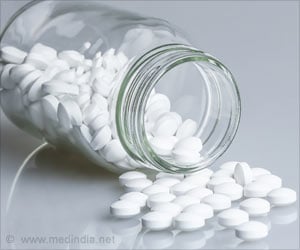Chloroquine, an antimalarial drug was highly successful in combating the disease when launched in the 1950s.
Chloroquine, an antimalarial drug was highly successful in combating the disease when launched in the 1950s. It soon became useless because of resistance being developed by the malarial parasite.
Scientists have found a way to breathe new life into the drug. It has been found that combining the drug with another preparation, Primaquine, would restore the effect of the original drug.Malaria is caused by the parasite Plasmodium falciparum and is associated with a significant mortality all over the world, especially in the developing countries.
Chloroquine - which is far cheaper than more modern malaria drugs - works by blocking the way the parasite breaks down human hemoglobin contained in red blood cells. If the haem molecules remain in an uncrystallised form, they are toxic to the parasite, thereby killing it.
On its own, primaquine has no effect on P. falciparum, but it is structurally similar to chloroquine. The right concentration and combination of Primaquine and Chloroquine has been found to be effective on chloroquine-resistant parasites.
It is believed that that the drug combination would work better as chloroquine would be prevented from leaking out by a parallel action of primaquine that acts to block the pores on the surface of the parasite's digestive system The finding promises hope and would be less expensive when compared to the existing treatment. This would also ensure that it is made available the poorest countries where need is greatest.
However, caution has to be taken because primaquine is not suitable for all patients, as it could trigger the break down of red blood cells in people with an enzyme deficiency. People would have to be tested for the same before the therapy can be instituted.





